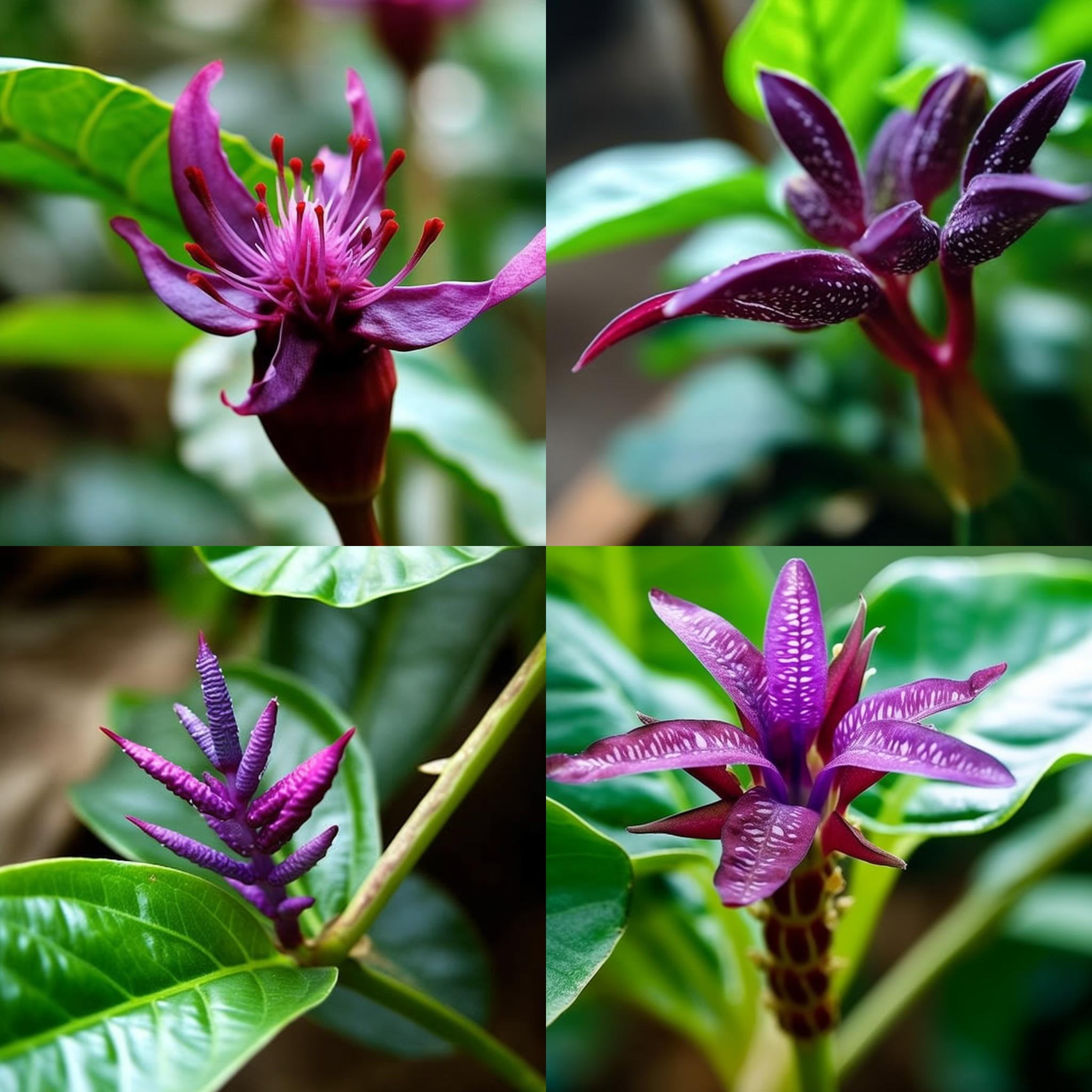Story of Day :
Contents
The Purple Passion Plant: A Complete Guide and Care Tips
Are you looking for a unique and exotic houseplant to liven up your indoor garden? The purple passion plant might just be the perfect addition to your collection. With its striking foliage and easy-to-care-for nature, this plant is a great choice for both novice and experienced gardeners alike.
What is the Purple Passion Plant?
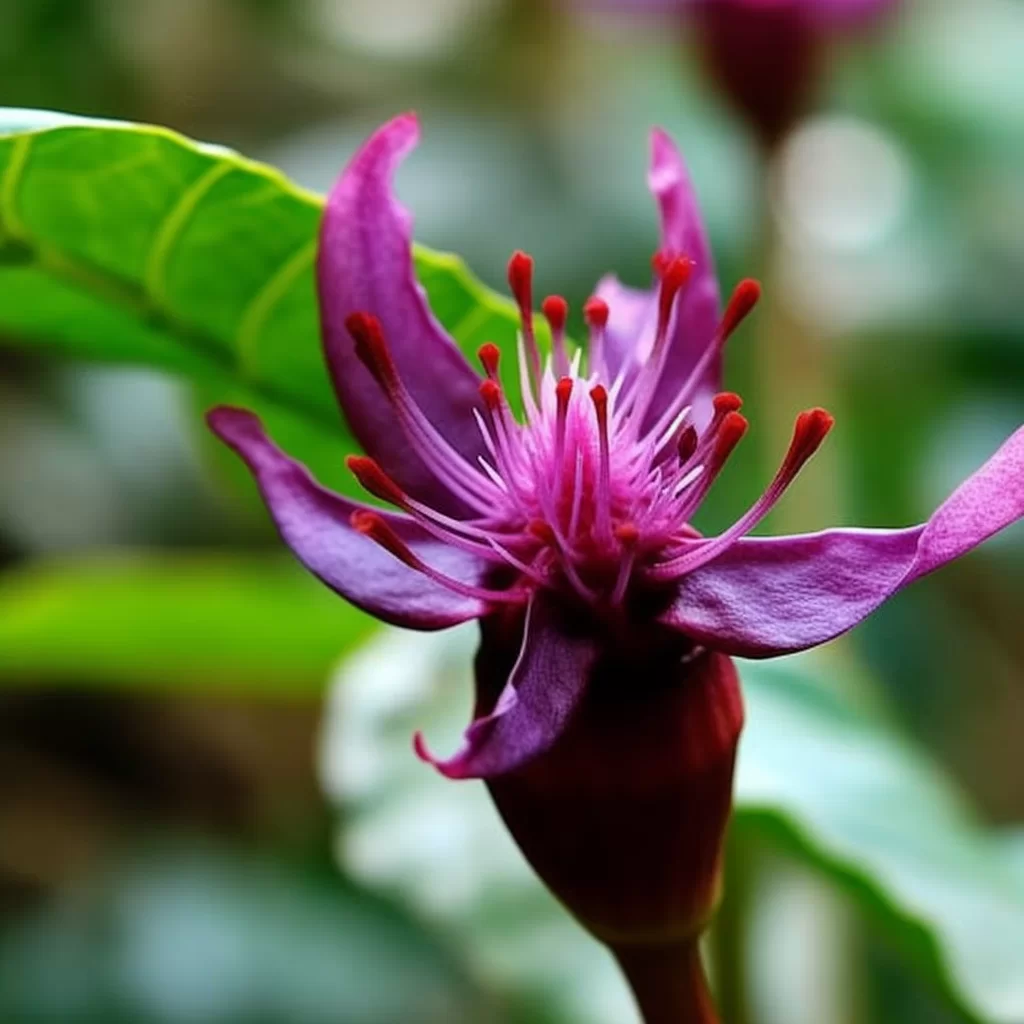
The purple passion plant, also known as Gynura aurantiaca or velvet plant, is a tropical perennial native to Southeast Asia. It’s characterized by its soft, hairy leaves that are deep green on top but have a vibrant purple underside. The stems of the plant are also covered in fuzzy hairs that give it an overall velvety appearance.
Growing Conditions
- Light: The purple passion plant prefers bright but indirect light. Too much direct sunlight can scorch its leaves.
- Temperature: This tropical plant thrives in warm temperatures between 60-85°F (15-29°C).
- Humidity: High humidity levels of around 50-70% are ideal for this species. You can increase humidity levels by placing a tray of water near the plants or using a humidifier.
- Soil: Use well-draining soil with lots of organic matter.
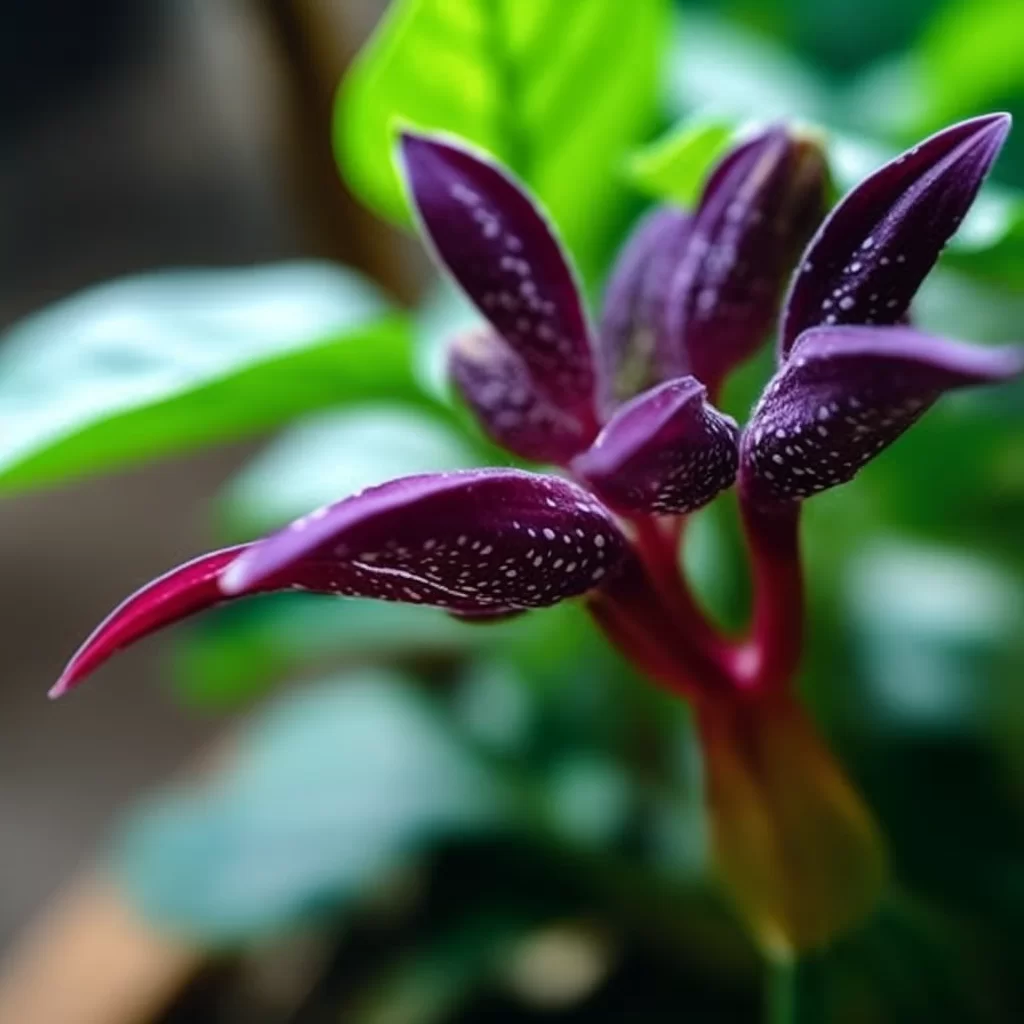
Care Tips
The purple passion plant is relatively low-maintenance but still requires some care to thrive. Here are some tips to keep your velvet plant healthy and happy:
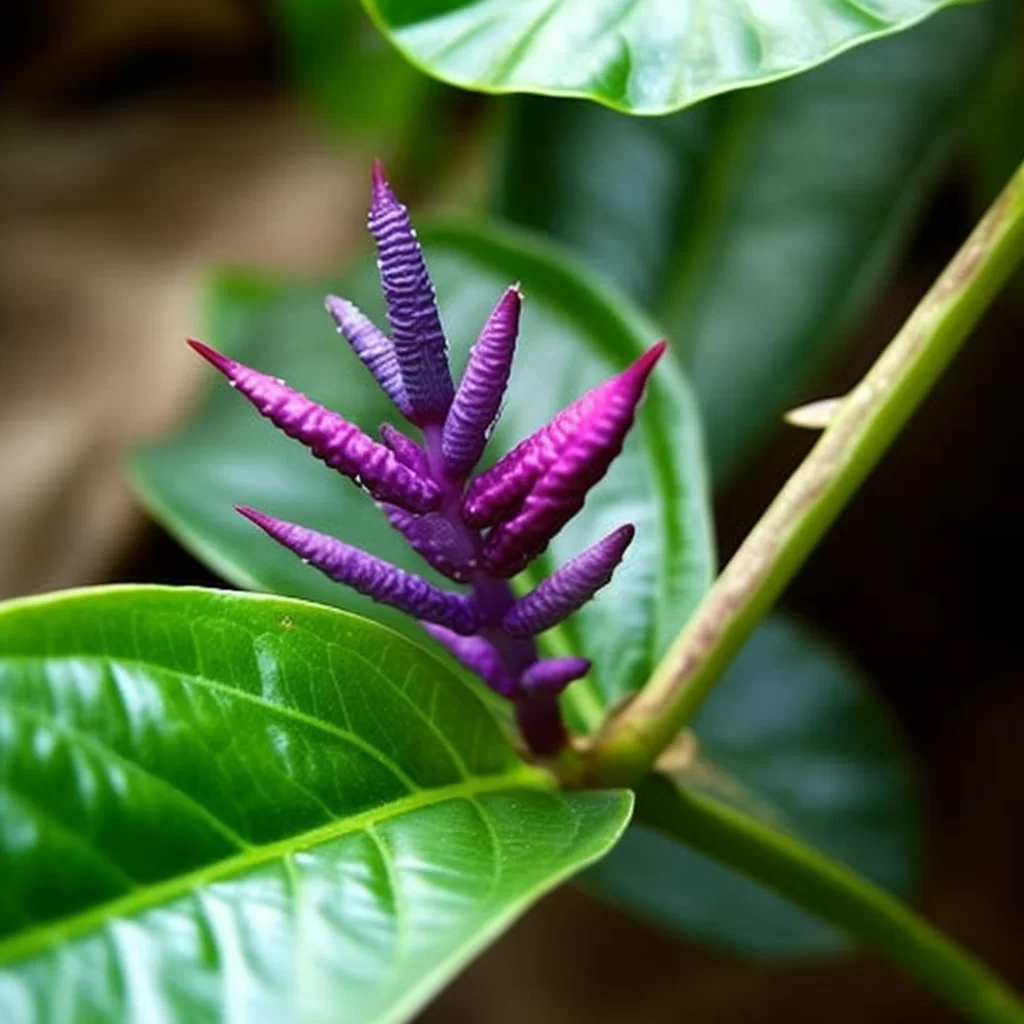
- Watering:
- Fertilizer:
- Pruning:
- Pest Control:
This species prefers consistently moist soil but doesn’t like sitting in standing water that could lead to root rot. Water your purple passion plant when the top inch of soil is dry, but avoid overwatering.
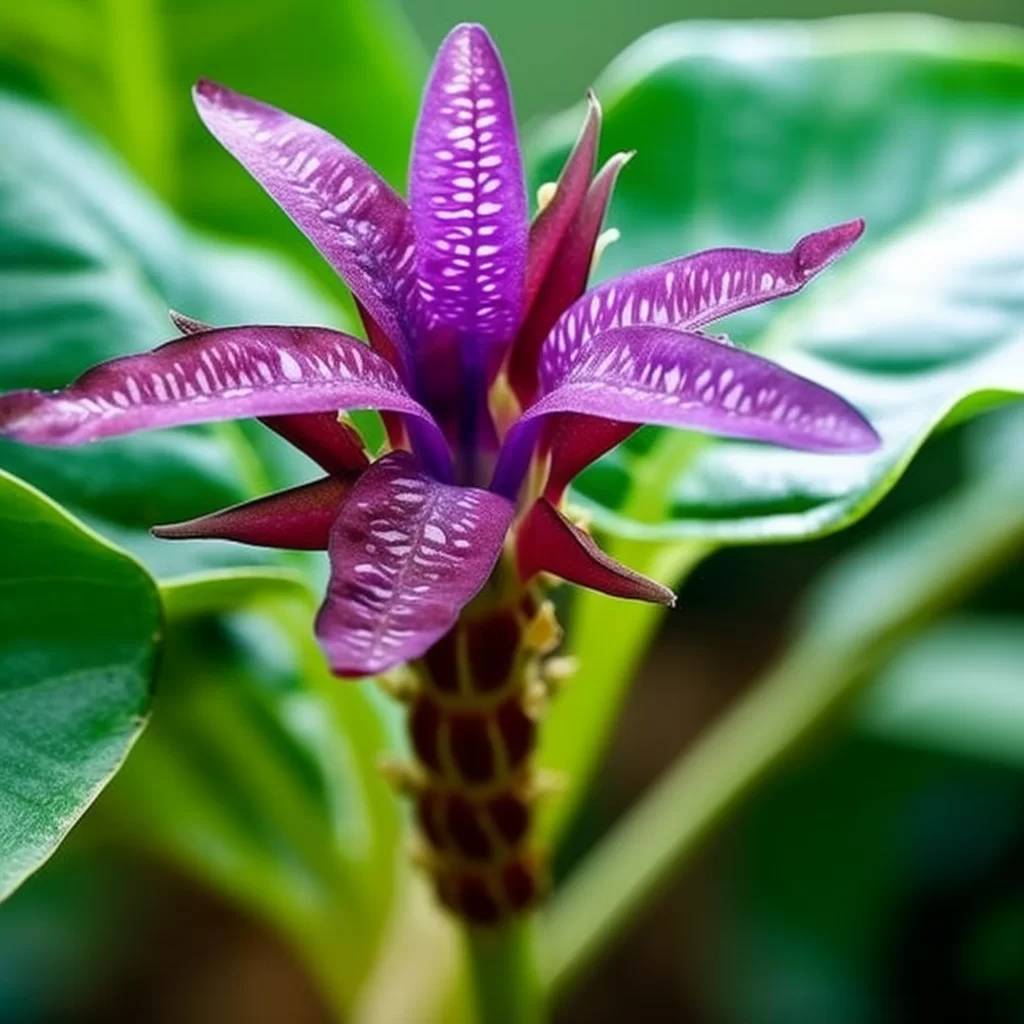
The purple passion plant benefits from a balanced fertilizer during the growing season (spring and summer). You can use a liquid fertilizer every two weeks to encourage healthy growth.
To keep your velvet plant looking tidy, you can prune back any leggy or overgrown stems. Pinching off new growth tips will also promote bushier growth.
The purple passion plant is relatively pest-resistant but can attract spider mites or mealybugs. To prevent infestations, regularly inspect your plants and treat with insecticidal soap if needed.
Propagation
One of the great things about the purple passion plant is how easy it is to propagate new plants from cuttings. Here’s how to do it:
- Cut a stem: Cut a healthy stem from the parent plant that’s around 4-6 inches in length and has at least two nodes (where leaves grow).
- Remove Lower Leaves: Remove all leaves except for those at the top of your cutting.
- Dip in Rooting Hormone (Optional):Dip the cut end into rooting hormone powder or gel if desired to encourage root growth more quickly
- Pot Cutting : Pot Cutting with well-draining soil mix after dusting off excess rooting hormone powder or gel.. Water cutting generously
- Tent: Cover pot with plastic bag tent after watering to create humid environment that encourages root development
In about four weeks, you should start seeing new roots form and new growth emerging from the top of the stem. Once your cutting has established a strong root system, you can transplant it into its own pot.
Conclusion
The purple passion plant is a unique and beautiful addition to any indoor garden. With its striking foliage and easy-to-care-for nature, it’s no wonder why this tropical plant has become so popular among houseplant enthusiasts. By following our care tips and propagation guide, you’ll be able to enjoy this stunning plant for years to come!
